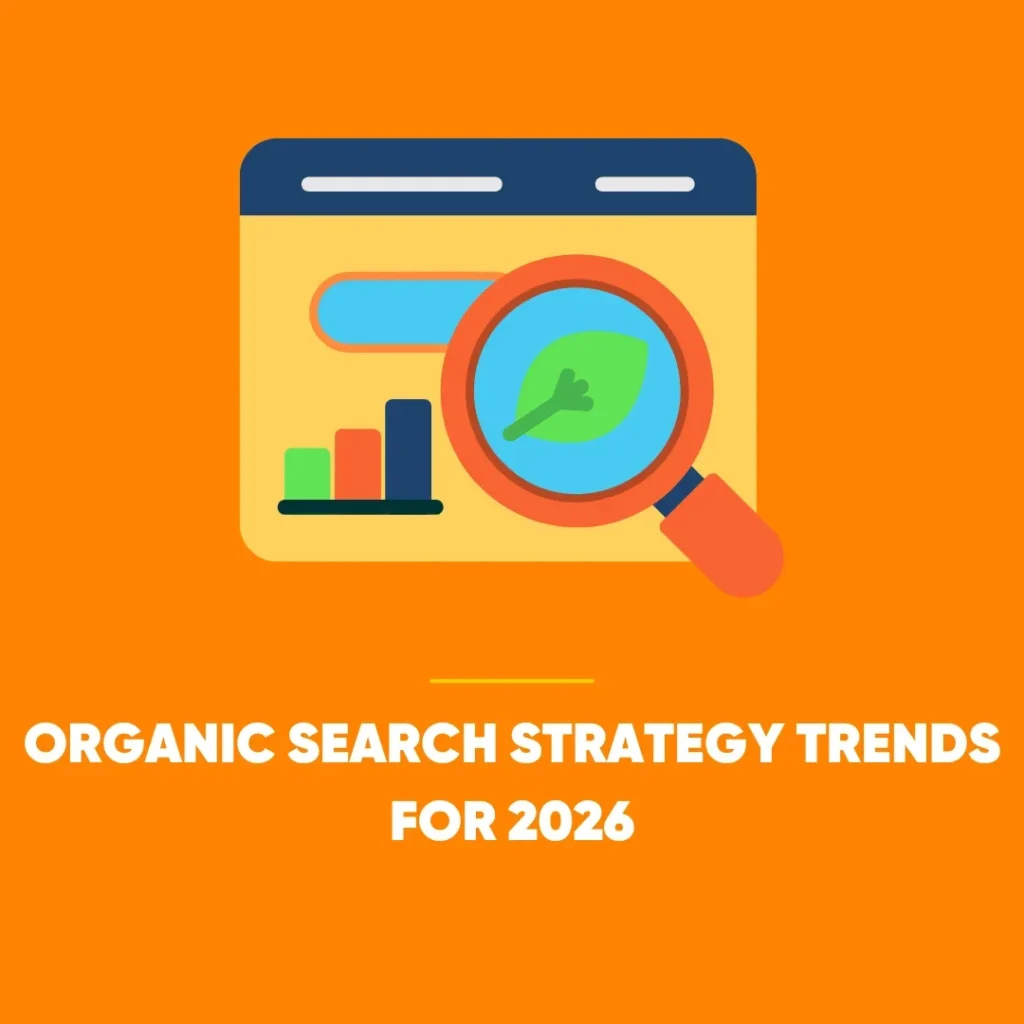Blogging Strategy Benefits: 15 Reasons to Prioritise Your Blog
A robust blogging strategy benefits your content marketing plan by driving traffic, generating leads, and enhancing SEO. Discover how leveraging the blogging strategy benefits can transform your marketing efforts and deliver long-term results. Given that search engines are a dominant force in online traffic, maintaining a well-structured blog can significantly enhance your search rankings.
Navigating the myriad of content types available can be overwhelming. However, blogging remains a pivotal content format due to its profitability, especially for B2B enterprises aiming to reduce their advertising expenditures.
Developing Your Blog Content Strategy
To establish a successful blog content strategy, begin by deeply understanding your target audience and aligning with your business objectives to leverage the full blogging strategy benefits. For example, this involves comprehending how your customers make purchasing decisions and what they seek from your brand. Such insights will inform your SEO strategy and help prioritise your content creation efforts.
Step 1: Grasp the Customer Buying Journey
In sales-driven businesses, where brand visibility and the sales team fuel revenue growth, the customer journey typically spans eight stages:
- Awareness
- Research
- Consideration
- Selection
- Purchase
- Satisfaction
- Retention and Loyalty
- Advocacy
Conversely, product-led organisations often aim to attract numerous free trial sign-ups and convert these users into paying customers with minimal sales intervention to maximise blogging strategy benefits. In these cases, while some enterprise customers may follow the traditional cycle, smaller businesses might progress more swiftly through these stages.
Regardless of your revenue model, it’s essential to create content that addresses each stage of your ideal customer’s journey.
Step 2: Conduct Keyphrase Research
Armed with an understanding of the customer journey, proceed to keyphrase research.
Your new blog content should predominantly address the Awareness, Research, Consideration, and Selection stages. The remaining stages may constitute 10-15% of your blogging efforts.
Utilise SEO tools such as Ubersuggest, Ahrefs, and Mangools to identify keyphrases with favourable search volumes and difficulty scores. Aim to target both highly competitive and less competitive keyphrases across all stages of the buying cycle.
Competitor analysis is also beneficial. Input your competitors’ URLs into SEO tools to uncover their ranking keyphrases, then incorporate relevant terms into your target keyphrase list. Use these keyphrases to craft compelling blog headlines, such as transforming “content marketing plan” into “How to Create a Content Marketing Plan That Generates Leads.”
Step 3: Establish a Posting Schedule
If you haven’t already implemented a content calendar or editorial calendar, set up a blogging schedule based on your available resources. Define goals for the number of posts per week or month.
Consider that certain keyphrases may require long-form content, so establish word count goals as well. For instance, if your target is 10,000 words per month, you might schedule three posts of 3,500 words each in one month and five posts of 2,000 words each the next.
By setting clear content goals, you ensure a consistent blogging effort rather than waiting for time to become available.
Step 4: Select Your Content Operations Software
Managing a blog without dedicated content operations software can be cumbersome. Without the right platform, the process of briefing writers, maintaining a content calendar, tracking progress, reviewing drafts, and publishing posts becomes fragmented and time-consuming.
A content operations platform centralises these tasks and collaborators in one place to enhance blogging strategy benefits. When content is ready, it can be published and distributed across various channels with a single click.
Step 5: Optimise Your Monthly Blogging Process
Once you’ve selected a content operations platform, it simplifies the establishment of your blogging process. Ensure your team is trained on how to utilise the software effectively.
Here’s a streamlined blogging process example:
- The content manager briefs a freelance writer using Byter.
- The writer completes the blog in Byter, conducts keyword research with SEO and readability tools, and submits it for approval.
- The content manager reviews and approves the blog, schedules it for publication in the CMS, and plans corresponding social media posts.
Without a content operations platform, this process becomes more complex and less effective at realising blogging strategy benefits. Thus, selecting the right software before outlining your process is advantageous.
Step 6: Tailor Blog Promotion Strategies
Your blog content strategy should encompass promotion as well. Not all blog posts should be promoted in the same manner.
Develop distinct promotion plans for various types of blogs. Here are some strategies:
- SEO Mega Guides: Focus on keyword research and link building to enhance search engine authority. Promote these guides on social media with an evergreen posting strategy, such as monthly or bi-monthly posts.
- Customer Stories: Share these via email with potential customers, encourage sales representatives to promote them on social media, and consider running paid social media ads.
- Expert Roundups: Distribute these on all social media platforms, tagging participants, and create micro-content (like infographics or short videos) to repurpose on social media.
Consider the format and category of your content and devise a tailored promotion plan for each type.
Step 7: Implement Conversion Rate Optimisation (CRO)
While SEO is a primary focus for blogging, do not neglect conversion rate optimisation (CRO). Designate a team member to monitor and enhance conversions.
Track key metrics related to blog posts and campaigns, such as:
- Email subscriptions
- New trial sign-ups
- Lead magnet downloads
- Demo requests
- Closed deals
Continuously refine the conversion rate of your blog posts by adjusting elements such as sidebar content, CTA graphics, and lead magnets to improve engagement and effectiveness.
Blogging Strategy Benefits: 15 Reasons Your Content Strategy Should Prioritise Blogging
Still on the fence about the significance of blogging? Here are 15 compelling reasons why integrating a blog into your content strategy is not just beneficial but essential.
1. Blogs Generate Three Times More Leads Than Ads
When executed correctly, a content marketing strategy centred on blogging can yield results far exceeding the temporary gains from paid search ads. Research shows that blogs can generate up to three times more leads than advertisements. So, why spend excessively on ads when you can channel your efforts into effective content creation?
2. Boost Your Website Traffic and Enhance SEO
Blogging is a powerful tool for driving traffic to your website, both through social media and SEO. Regular blog posts provide users with a reason to visit your site repeatedly, enhancing your overall online presence. Refer to our Content Writing Checklist to ensure you optimise each blog post for maximum effectiveness.
3. Increase Your Visibility in Organic Search by Fourfold
A high-quality blog significantly improves your chances of ranking well in organic search results, showcasing the key blogging strategy benefits. Companies with active blogs are four times more likely to appear prominently in search results and secure 97% more inbound links. These links contribute to higher domain authority, which boosts the search ranking of all future content.
4. Blogging is Considered the Top Marketing Tactic by 52% of Marketers
According to a recent survey of 2,562 content marketers, 52% ranked blogging as their most crucial marketing tactic. This surpasses the importance of email marketing and social media, which were deemed critical by 40% of marketers, and video, which only 30% considered essential. Given the extensive list of content marketing tactics, blogging’s top spot highlights its enduring power.
5. Amplify Your Brand’s Presence
A well-maintained blog serves as a platform to consistently reflect and reinforce your brand. For instance, Drift’s blog aligns perfectly with their brand identity. Blogging not only attracts organic traffic but also strengthens your brand across all content-sharing channels.
6. Build a Sustainable Content Machine
Blogs can create a long-lasting content engine, as evidenced by Hubspot’s blog, which attracts over a million visits through organic search. While maintaining your blog’s SEO performance requires effort, blogs generally have a longer shelf life compared to other marketing strategies. Regular updates and optimisations can keep your content relevant.
7. Foster Transparency Through Blogging
Blogs offer an opportunity for transparency and honest communication. Take cues from Buffer, known for its openness, and use your blog to share your company’s core values and experiences. Moreover, this authenticity can help build a loyal community and foster trust with your audience.
8. Highlight Your Brand’s Purpose
Every brand has a purpose behind its offerings. In fact, your blog can showcase your passion and commitment to addressing specific problems. Use your blog for thought leadership, customer interviews, and other content that underscores your brand’s mission and values.
9. Google Favors Blogs for SEO
Google prefers longer blog posts due to their potential for relevant backlinks and evergreen content. Longer posts tend to keep readers engaged longer, enhancing the credibility of your site. Consequently, long-form content is increasingly popular among bloggers.
10. Short-Form Content Remains Effective
While long-form content excels in SEO, short-form content is still valuable in many industries. Concise blog posts of 500 words or fewer can be effective, particularly in B2C sectors or where visual content is prevalent.
11. Use Summaries to Enhance Readability and SEO
Incorporating summaries, or TLDR sections, into your blog posts caters to readers with limited time and helps boost SEO. All in all, summaries provide a quick overview of the content and offer additional opportunities to include long-tail keywords.
12. Blogging is a Long-Term Strategy
Despite various predictions, blogging remains a viable and effective long-term strategy, consistently delivering blogging strategy benefits. Building thought leadership and credibility through consistent blogging will yield benefits over time, with inbound links serving as a valuable asset to your content’s success.
13. Provide Shareable Content for Influencers
Blogging gives influencers within your niche valuable content to share, expanding your reach. Furthermore, by creating engaging and shareable content, you can tap into the audiences of influencers and enhance your brand’s visibility.
14. Blogging is Cost-Effective
Blogging remains one of the most affordable content strategies available. Whether using free platforms or investing in high-quality blogging tools, it offers a cost-effective way to drive traffic and repurpose content. Compared to other content types like videos or webinars, blogging is both manageable and economical.
15. Support Your Other Content Strategies
Consider your blog as the central hub of your content strategy. It supports and integrates with other content forms, such as podcasts and YouTube videos. Moreover, embedding videos in your blog posts or sharing other content types on your blog helps consolidate your content strategy and maximise its impact.
Measuring the Success of Your Blog Content Strategy
The content operations software you select should include features for monitoring and evaluating your blog’s performance to maximise blogging strategy benefits. In fact, combining these analytics with SEO tools will provide a comprehensive view of your blog’s effectiveness in search and social media.
Focus on assessing:
- Campaign performance
- Channel effectiveness
- Individual blog posts
- Search rankings
Evaluating these aspects will help you identify the most successful channels, campaigns, and blog posts, enabling you to replicate successful content strategies.
Blogging Strategy Benefits: Learn from Successful Blogging Strategies
Additionally, to refine your blogging approach, consider studying the strategies of successful companies. Here are five examples of companies with exemplary blogging strategies:
- Webflow: Organises content across diverse categories effectively.
- Freshbooks: Focuses on customer-centric content to attract small businesses.
- Drift: Covers all stages of the B2B buyer journey.
- ActiveCampaign: Emphasises SEO mega guides and driving free trial sign-ups.
- LucidChart: Continuously updates old posts and optimises blog layout for conversions.
All in all, utilising effective content operations tools and processes will help you execute a successful blogging strategy, ensuring you publish high-quality content efficiently.









